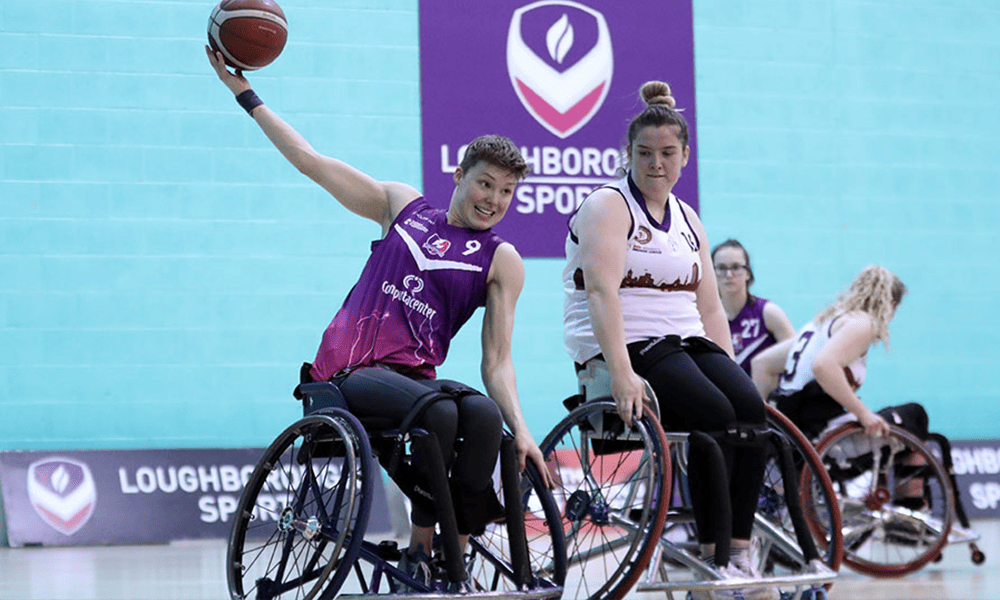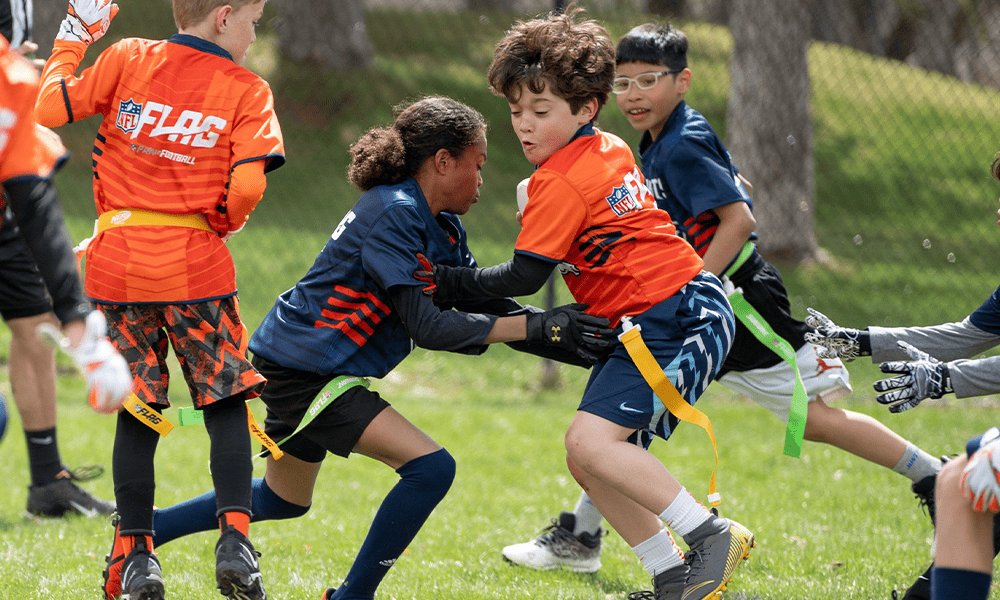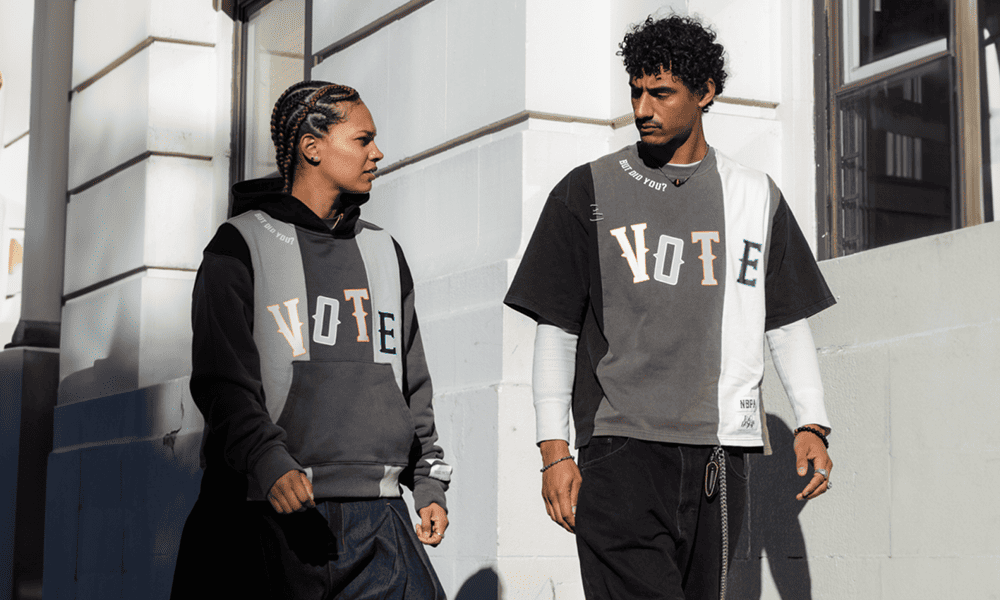March 17, 2023
With four months to go until the FIFA Women’s World Cup 2023 in Australia and New Zealand, 150 players from 25 women’s national teams have called on FIFA to institute equal World Cup prize money, equal treatment and resources for teams playing in the tournament. The signed letter, which includes national teams on every continent, was sent by the global professional football player’s union, FIFPro, in October 2022 and also asks for the principles to be part of a global collective bargaining agreement. The announcement of the letter was made this week by FIFPro to demonstrate the intent of the players and FIFA to work proactively towards greater equity and equality for the industry as we approach the Women’s World Cup in the summer.
“More work is needed to make sure equal conditions are enshrined for future generations,” stated FIFPro. The concrete demands call for greater professionalism from the governing body for equal regulations and conditions, fair distribution of prize money and an agreement that protects these commitments. These reforms include travel to and from tournaments, size of staff delegations and access to sufficient facilities and training venues.
Negotiations are ongoing with FIFA. The timing of the letter and its public announcement comes as calls for equitable prize money between the women’s and men’s tournaments increase. US Soccer is currently the only federation that evenly distributes World Cup prize money. Under its historic 2022 collective bargaining agreement, the United States Women’s National Team (USWNT) will receive an equal rate of pay in all friendlies and tournaments, including the World Cup.

Despite the acknowledgment of the increased popularity of women’s football, there remains a huge disparity in World Cup prize money. Compared to the men’s World Cup last year, which had a total prize pot of US$440 million and a winning reward of $42 million, the 2019 Women’s World Cup prize money was $30 million and the winning team received just $1 million. The global broadcast of the 2019 tournament drew an audience of more than 1 billion viewers.
Currently, FIFA distributes prize money to national federations, which then decide how to give it out to teams and its players. In the past, this process has meant that federations use the money for other purposes, resulting in players receiving no money at all for tournaments.
“You, as FIFA, have stated that ‘women’s football is the single biggest growth opportunity in football today, and it remains a top priority for FIFA. Although the game has grown exponentially at all levels, the passion and rising popularity of the sport offers vast untapped potential,'” the letter says.
According to FIFA’s secretary-general, the 2023 Women’s World Cup prize money will likely double from 2019’s edition, but this will still be considerably less that the men’s pay which is expected to increase for the 2026 World Cup. The players argue that the much smaller prize money offered for the women’s tournament “impacts how countries will disproportionately prioritize their efforts to support the men’s national team over the women’s national team” and “perpetuates the attitude of women’s football being a ‘cost’ rather than a contributor” to the sport. “This is because the same effort and achievement do not yield the same reward,” the letter states.
FIFA projects that it will generate approximately $11 billion USD in revenue between 2023 and 2026 encompassing the women’s and men’s World Cups. Plans also suggest that it will devote less than one-quarter of what was spent to stage the FIFA World Cup Qatar 2022.
The request for a global collective bargaining agreement intends to achieve equality across the board for football. Currently, only countries such as Australia, the USA, New Zealand, the Netherlands, Brazil and Norway have national collective bargaining agreements. FIFPro is in negotiations with FIFA to introduce a global framework that enables players to be protected and equally empowered when it comes to pay, medical insurance, maternity leave and more.
Source: ABC News





